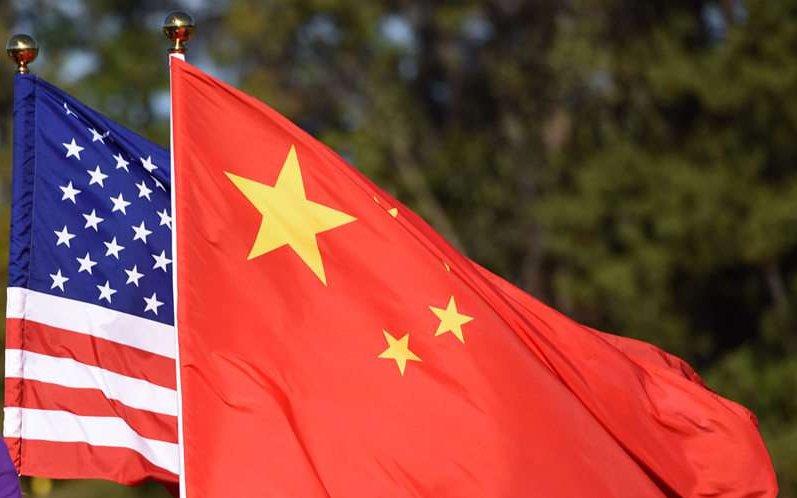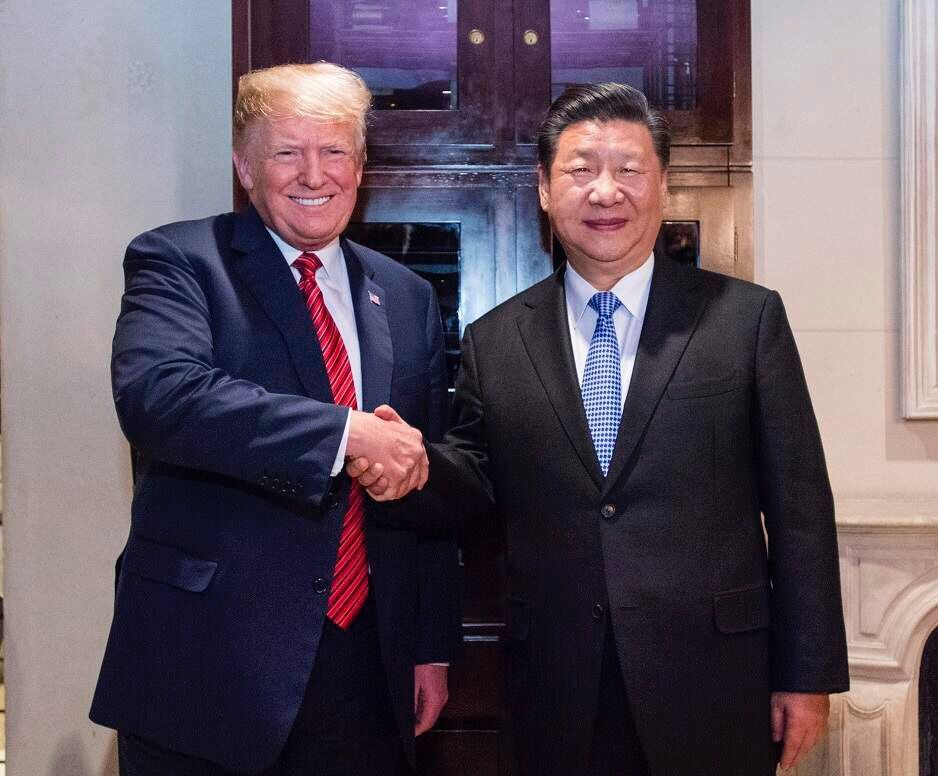“This was an amazing and productive meeting with unlimited possibilities for both the United States and China,” Trump said in a statement issued from Air Force One as he returned to Washington. “It is my great honor to be working with President Xi.”
Even as Trump appeared to soften his approach to China, he talked tough on a separate trade front. Aboard Air Force One, the president told reporters that he would formally terminate the 24-year-old North American Free Trade Agreement in a political gamble designed to force wavering lawmakers to back his replacement treaty, dubbed the United States-Mexico-Canada Agreement, or USMCA.
The temporary cease-fire in the U.S.-China trade war left the toughest issues to future bargaining sessions, which will attempt to succeed where earlier efforts failed — and under an ambitious 90-day deadline.
If the latest effort encounters the same roadblocks, Trump said he will proceed with his previous plan to raise tariffs on $200 billion in Chinese products to 25 percent from 10 percent, which was to have taken effect on Jan. 1.
The president also has threatened to extend the tariffs to everything the U.S. imports from China, which would involve an additional $267 billion in goods. There was no mention of that threat in the White House account of Saturday’s talks.
Some analysts said the talks had made important progress on cooperation on the North Korean nuclear program and restricting illicit Chinese shipments to the United States of the addictive opioid fentanyl, but did not represent a breakthrough in commercial diplomacy.
“On standard trade issues, this is where we were weeks ago,” said Derek Scissors, a China scholar at the American Enterprise Institute and sometimes adviser to the administration.
Economist Paul Ashworth of Capital Economics wrote in a note to clients: “We’ve been here before . . . China will have to offer a little more than the minor concessions that South Korea, Mexico and Canada agreed to reach trade deals with the U.S.”
The White House quoted Xi as saying he is “open to approving” Qualcomm’s $44 billion takeover of NXP Semiconductors, which the American company had abandoned in July after failing to secure Chinese regulatory approvals.
China’s refusal to approve the deal upended the global expansion plans of a premier American company and showcased Beijing’s ability to make the U.S. feel financial pain in ways other than tariffs.
While the Trump-Xi duet riveted most attendees here, the G-20 leaders agreed on a communique that reflected shared ambitions in economic development, finance and trade.
The communique was in harmony with “many of the United States’ biggest objectives,” especially in backing reform of the World Trade Organization, according to a senior administration official who briefed reporters on the condition of anonymity.
On climate change, however, the United States remained the lone holdout, with 19 other leaders pledging to implement the Paris accord to fight global warming. The United States instead reiterated Trump’s decision to withdraw from the accord.
G-20 leaders also agreed that the global trading system “is currently falling short of its objectives” and agreed to take stock of proposed overhauls at next year’s summit in Japan.
But it was the United States and China that dominated the spotlight.
Perhaps not since President Richard Nixon met Chinese leader Mao Zedong in 1972 have U.S.-China relations pivoted so closely around individual personalities, Aaron Friedberg, a China specialist at Princeton University, said.
“Both men have cast themselves as ‘maximum leaders,’ strong men defending the interests and honor of their nations,” Friedberg, a former foreign policy adviser to Vice President Richard B. Cheney, said via email. “Neither wants to appear weak, which would seem to narrow the scope for compromise, but neither wants to be blamed for a complete breakdown in relations.”
Trump and Xi met in April 2017 at the president’s Florida estate, Mar-a-Lago, and in Beijing in November 2017. After negotiations led by their subordinates ran aground, Trump telephoned Xi last month to reopen the dialogue.
The trade conflict, which has rattled financial markets and upended global supply chains, began this year when Trump imposed tariffs on $253 billion of imported Chinese steel, industrial products and consumer goods, including handbags, furniture and appliances.
Chinese officials, caught off guard by the aggressive U.S. moves, retaliated with import taxes on such American products as soybeans, automobiles and liquefied natural gas.
Trump and Xi met amid mounting worries that trade fights are undermining a weakening global economy. Christine Lagarde, managing director of the International Monetary Fund, said Saturday that “trade tensions have begun to have a negative effect” and are increasing the risk that growth will disappoint.


